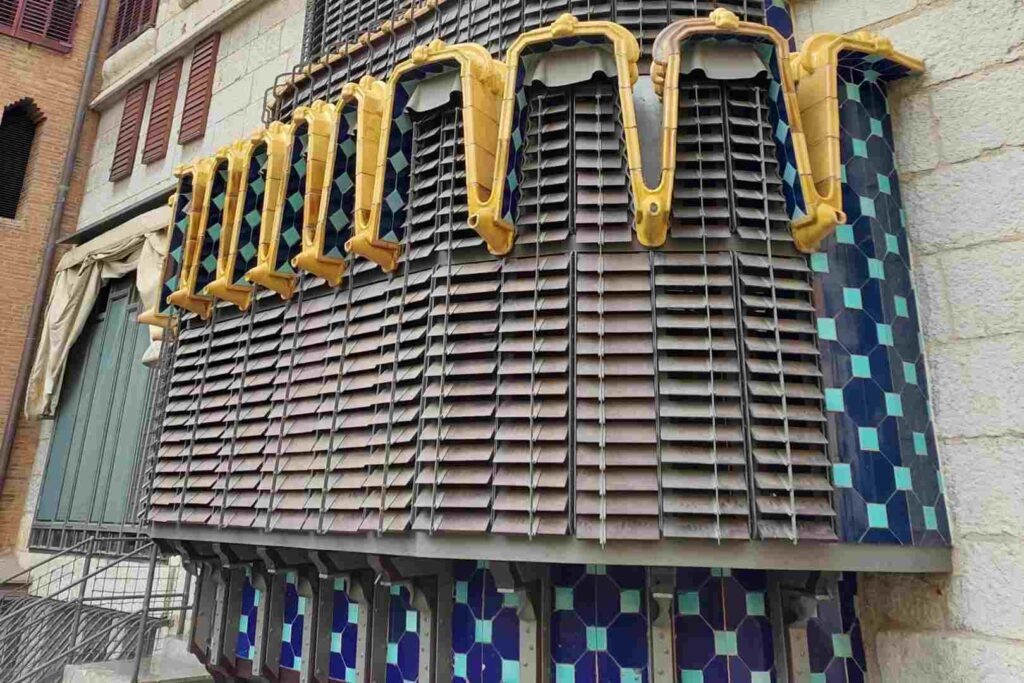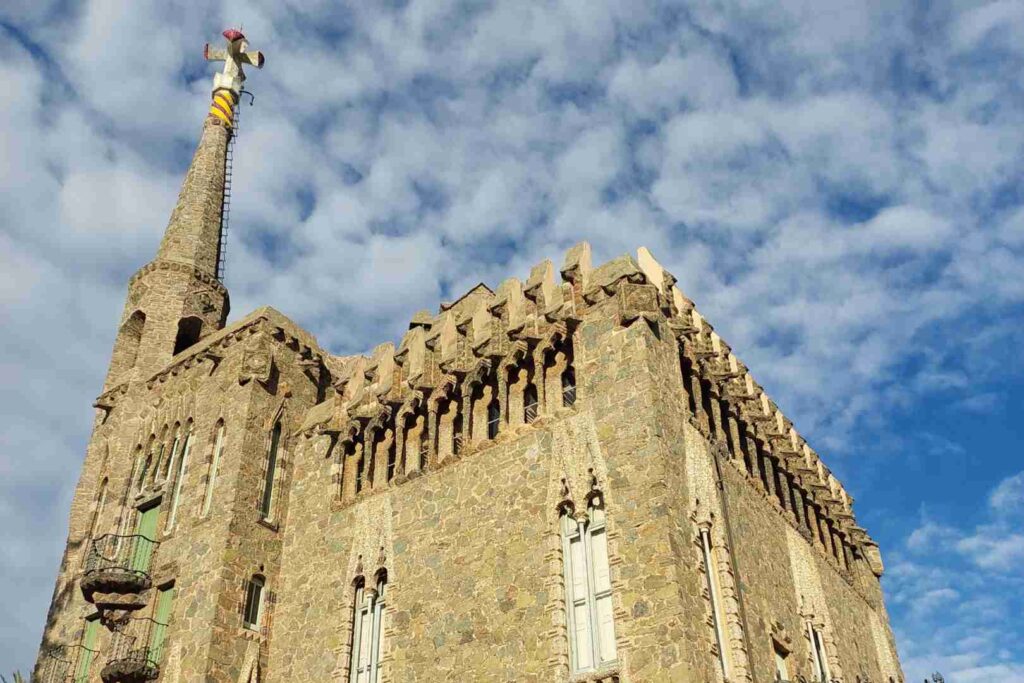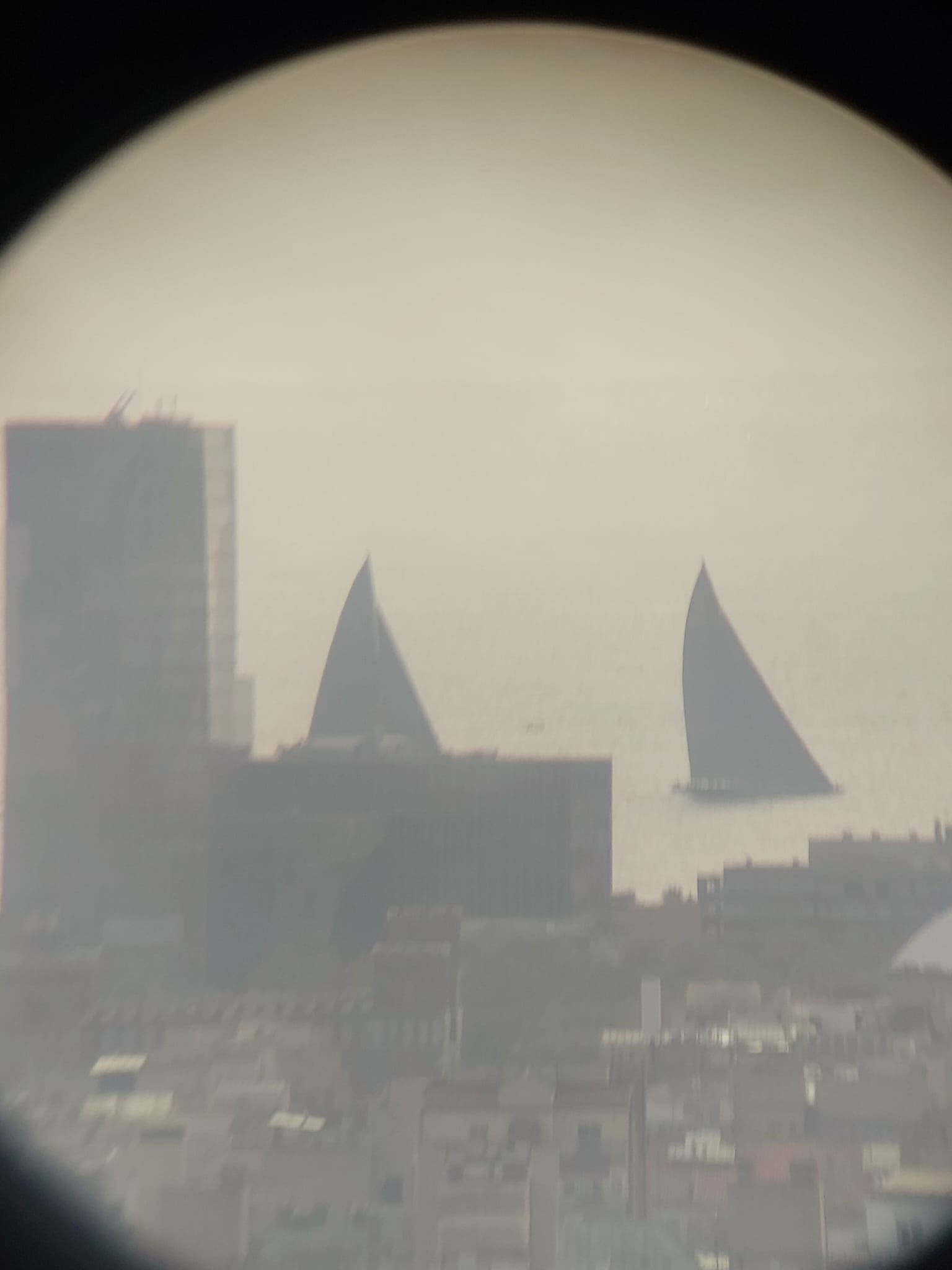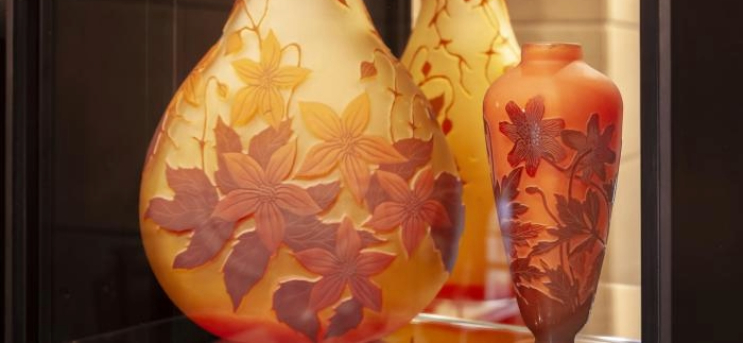Frequently asked by first-time visitors to Barcelona is the dilemma: “Casa Milà or Casa Batlló – which one reigns supreme?” While the ultimate recommendation is to indulge in both, acknowledging their masterpiece status, not everyone can carve out the luxury of time in the bustling city or may prefer to explore a diverse range of attractions during their visit.
On the other hand, seasoned visitors who have traversed Barcelona multiple times pose a more intricate question: “Which is the ultimate Antoni Gaudí house?” This query differs because frequent visitors likely have a more comprehensive experience, having explored a greater number of Gaudí’s architectural wonders.
Let’s delve into the distinctive merits and considerations of these UNESCO World Heritage buildings to aid you in making an enlightened choice.
Casa Batlló or Casa Milà – La Pedrera
The architecture of Casa Batlló is a favorite for many, thanks to its vibrant, ornate facade adorned with eye-catching tiles that capture attention effortlessly during a leisurely stroll. Marked by bone-like balconies and a sinuous reptile-inspired roof, Casa Batlló’s facade often outshines that of La Pedrera. While staying true to the fashionable trends of its time, it’s worth noting that Casa Batlló is not exclusively Gaudí’s creation. The architect was commissioned to remodel this 1870s building in harmony with the prevalent Art Nouveau style.
When exploring Casa Batlló’s balconies, guests often marvel at the intricacies. On our tours, we encourage visitors to delve beyond the surface, appreciating the genius of Casa Milà as well. This apartment block was meticulously designed from the ground up, and Gaudí chose to emphasize form over color. It stands as an original creation, deviating from the norms of its era. Whether it’s the recycled welded iron balconies against the undulating limestone facade, opinions on Casa Milà’s uniqueness are bound to be strong.
Both masterpieces are easily admired from the exterior, sparing you from agonizing choices. However, when it comes to considerations like layout, ingenuity, innovative construction methods, and overall significance, La Pedrera is usually considered more unique for the consulted experts.
When you step into the world of Art Nouveau through the doors of Casa Batlló, you’re immediately engulfed in a vibrant display of colors and intricate designs. The façade, adorned with eye-catching tiles, stands out as a testament to Gaudí’s avant-garde approach. The bone-like balconies and the curvaceous reptile roof give Casa Batlló a distinct personality.
On the other hand, Casa Milà unveils a different side of Gaudí’s genius. As you wander through its entranceway, once past the initial checkpoint, a round and spacious patio welcomes you, adorned with plainer but still captivating painted frescoes.
Both houses invite you into their inner sanctums, allowing you to explore their unique features. In Casa Batlló, the interior patio, a celebration of decoration in shades of blue, creates an ambiance reminiscent of underwater depths. The carved wooden staircase leading to the apartment is a masterpiece in itself.
Casa Milà, in contrast, emphasizes form over color. The recycled welded iron balconies against the wavy limestone front may evoke strong opinions, but they stand as a testament to Gaudí’s departure from conventional norms. The living quarters, though not as immediately impressive as Casa Batlló, offer a glimpse into the lifestyle of the era, with a furnished apartment showcasing how people lived and decorated their spaces.
As you ascend to the attics, the differences become even more pronounced. Casa Batlló’s attic, has white plastered, ribbed walls. The narrow passageways, though potentially claustrophobic in crowded moments, lead you to the roof terrace, providing a unique perspective of the city.
In Casa Milà, the loft reveals a warmer atmosphere with its bare ribbed walls and ceilings made from red brick. The spaciousness and small windows contribute to a relaxed ambiance. The exhibition in the attic goes beyond, offering models, videos, charts, and furniture, providing a comprehensive insight into Gaudí’s work – a facet where Casa Batlló takes a different approach.
Choosing between Casa Batlló and Casa Milà is not just about personal preference; it’s about embracing the nuances of Gaudí’s creativity. Whether you’re drawn to the vibrant and ornate or the subtle and original, each house offers a journey into the heart of Art Nouveau in its own captivating way.
Casa Batlló’s terrace, while not as expansive as its whimsical rooftop promises from below, is a quirky surprise in its own right. Amidst chimneys and a water storage room, you stumble upon a recent addition – a cozy mini bar surrounded by tables and seats, an unexpected touch of modernity on this classic rooftop. It’s undeniably Gaudí, yet one wonders if the master himself, after completing this creation, mused, “I can definitely do better in my next house.” And indeed, that next house awaits at La Pedrera.
The rooftop of Casa Batlló is colorful. The terrace of La Pedrera is a realm of enchantment and sculptural mastery. Stairwells, ventilation towers, and chimneys intertwine, forming a unique and mesmerizing space. Unlike the flat expanse of Casa Batlló, La Pedrera’s terrace invites you on a dynamic journey, climbing up and downstairs. It’s an engaging experience, demanding your exploration – a word of caution for those with tender knees.
As a delightful bonus, La Pedrera’s terrace gifts you with breathtaking views of Barcelona. The arches frame the iconic Sagrada Familia in a classic photopic moment, a visual masterpiece against the cityscape. Yet, amidst the marvels of La Pedrera’s terrace, a limitation surfaces – it closes its gates when raindrops dance in the air. So, before embarking on this architectural escapade, consult the weather gods to ensure you don’t miss this extraordinary experience.
Which is the best Antoni Gaudí house?
Casa Batlló and Casa Milà – La Pedrera have been the most popular ones, but the popularity of the other six houses of Gaudí is growing:
- Four are in Barcelona: Casa Vicens is his first house and has been opened to the public during 10 years, Casa Calvet, Torre Bellesguard and Palau Güell.
- The only houses from Gaudí outside Barcelona are Casa Botines in León (780km from Barcelona) and El Capricho de Comillas in Cantabria, situated 750km from Barcelona. In fact, Gaudí never visited the spot
- Other great Antoni Gaudí buildings, although they were never planned to be a single house, are Park Güell and the religous buildings Sagrada Família and Cripta Güell, the last one in Santa Coloma De Cervelló, at a mere 23km from Barcelona city center. Palacio Episcopal Astorga.









At Art Nouveau Private Tours have a private tour that allows the visitors to discover the three Gaudí hidden buildings of Barcelona Casa Vicenç, Bellesguard and Palau Güell. Visitors who have enjoyed this private tour and also visited both Casa Batlló and La Pedrera often say that they rank Casa Vicenç, Bellesguard or Palau Güell as their prefered Gaudí’s house.






